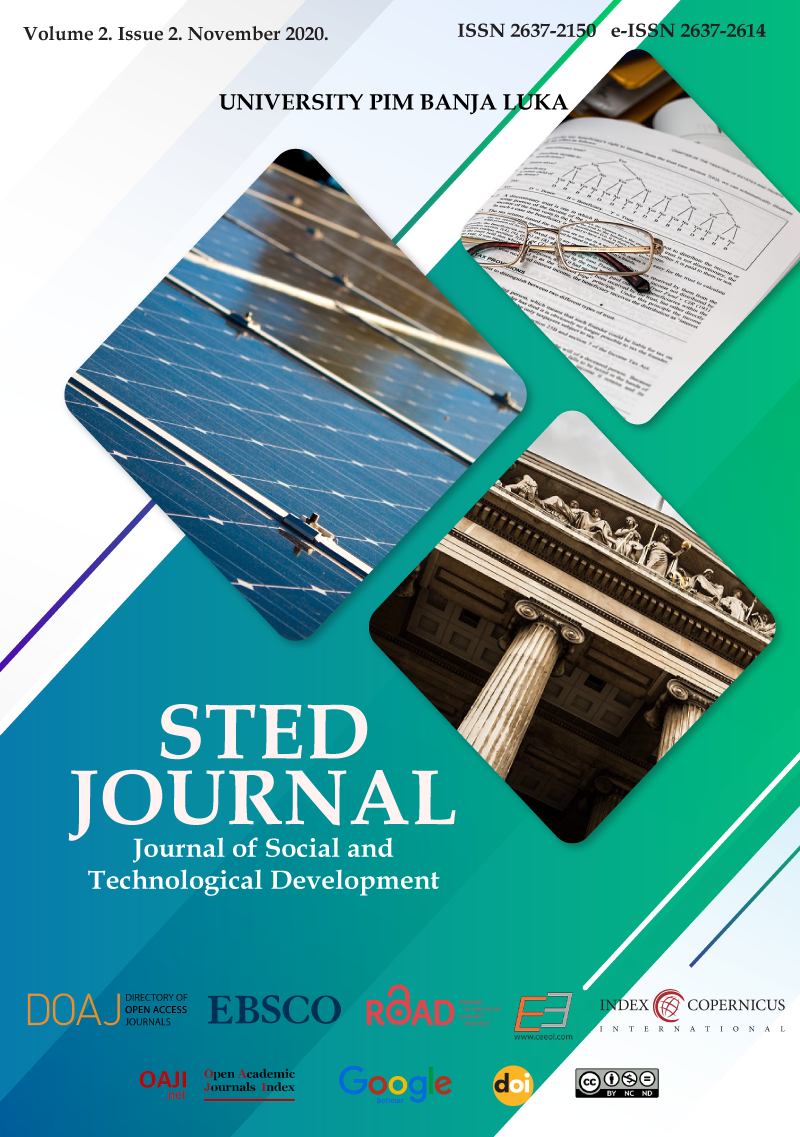Cyber crime in Pakistan; detection and punishment mechanism
Cyber crime in Pakistan; detection and punishment mechanism
Author(s): Ubair AnjumSubject(s): Criminal Law, ICT Information and Communications Technologies
Published by: Univerzitet za poslovni inženjering i menadžment
Keywords: Cybercrime; Cyber victimization; Cyber Violence; Cyber Laws; Routine Activity Theory; Public Policy Theory
Summary/Abstract: “Cyber Crime in Pakistan; Detection and Punishment Mechanism” addresses improvement of public health and safety policies by focusing on enhancing knowledge about cybercrime, women victimization, the pattern of time spent on the internet, sexual harassment and cyberbullying and the effect of sociodemographic factors on cybercrime. A quantitative, self-selected research study designed by the researcher and utilizing a voluntary, anonymous internet survey consisting of open and closed-ended questions targeted students attending large universities in Pakistan (N=400), based on Routine Activity Theory (RAT). The results were analyzed through SPSS via directing descriptive statistics, Cronbach’s alpha, and regression analysis to confirm the validity and internal consistency of data and verification of the hypotheses. Results depicted women represent the largest group impacted by cyber abuse. Single women, young adults, and employed students demonstrate increased rates of victimization. Frequent usage of social media may account for increased victimization for women. Time spent online and deficient knowledge of cyber protection measures are positively correlated with digital victimization. Respondents report on inadequate effective and affordable cyber protection and ineffective responses by agencies to cybercrime. Based on the results garnered, and supported by Public Policy Theory, Cybersecurity policies have been proposed to Pakistan’s government.
Journal: Časopis o društvenom i tehnološkom razvoju
- Issue Year: 2/2020
- Issue No: 2
- Language: English

